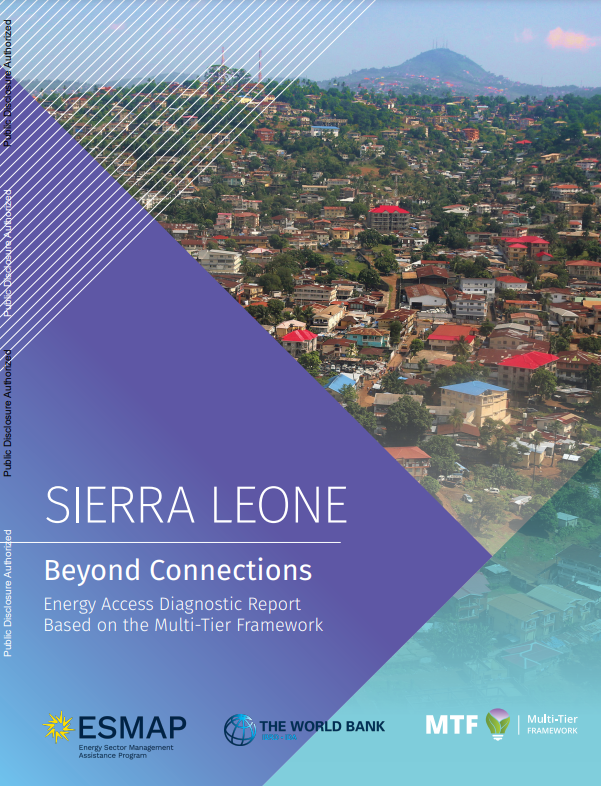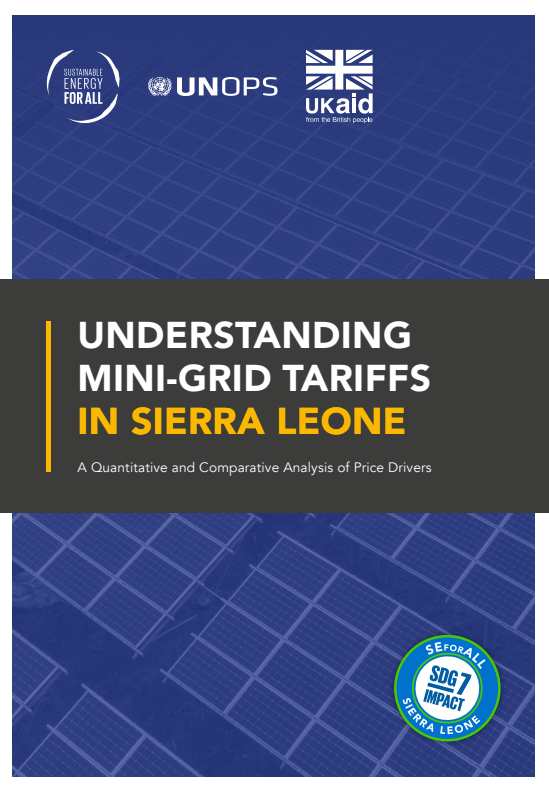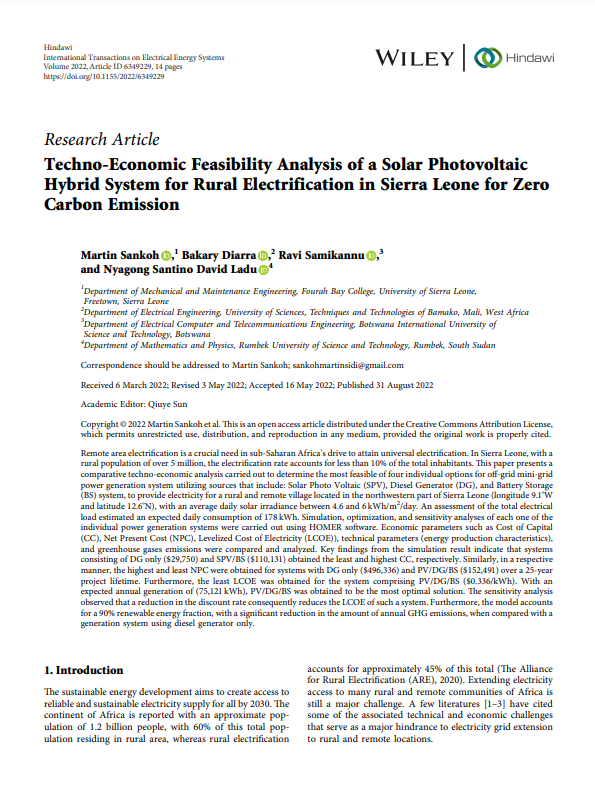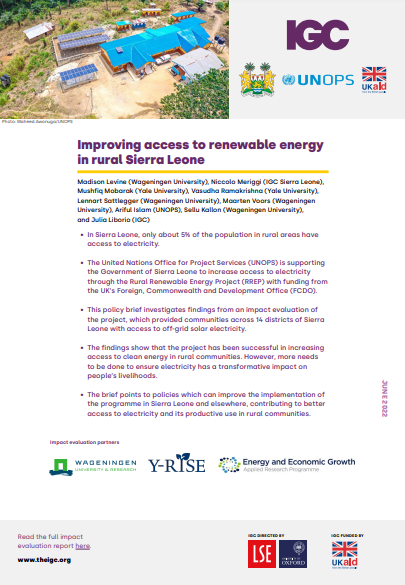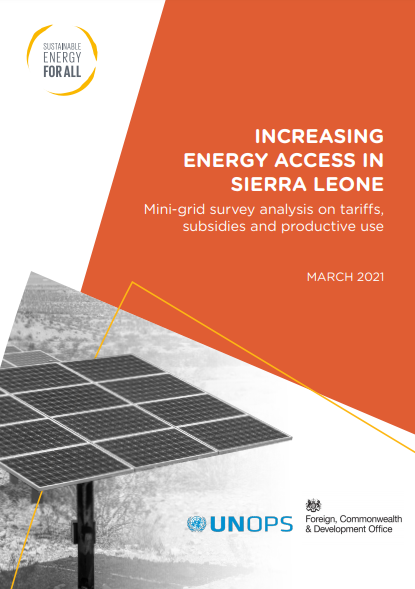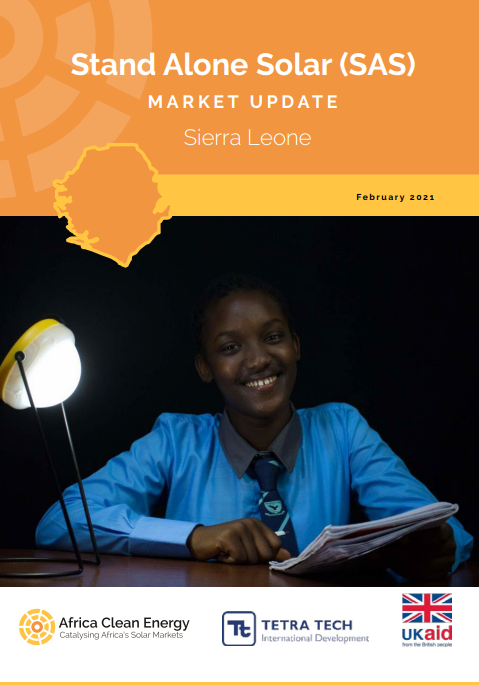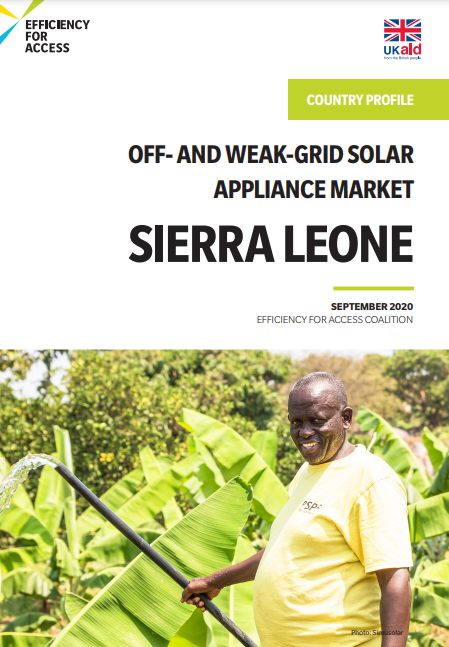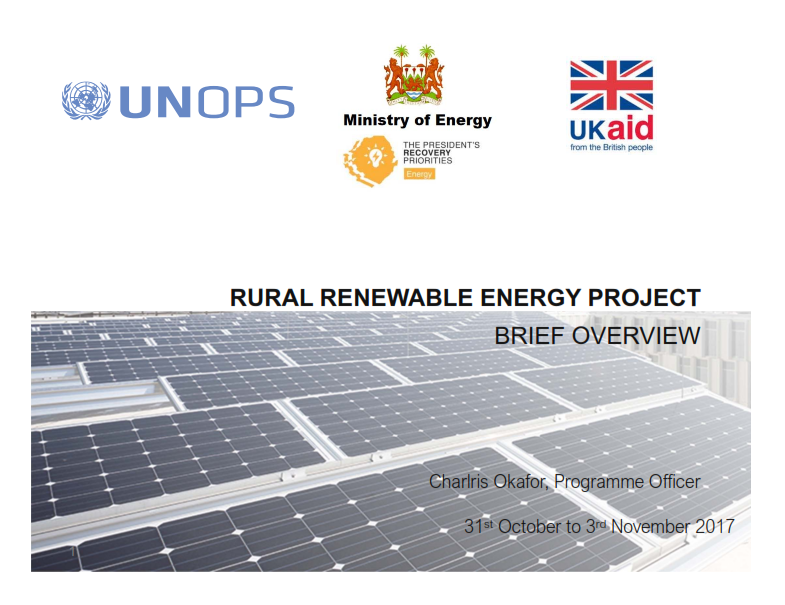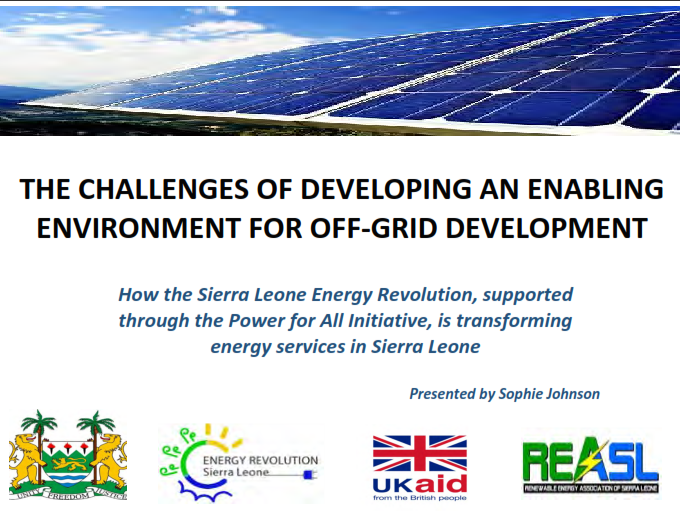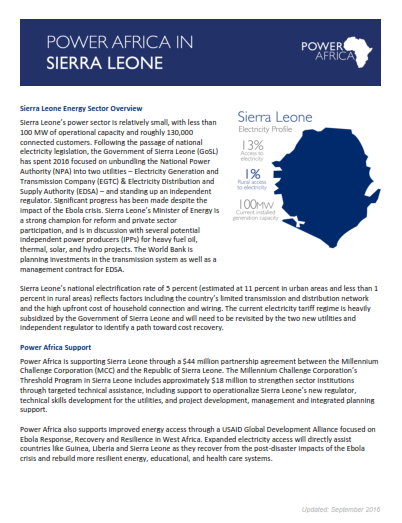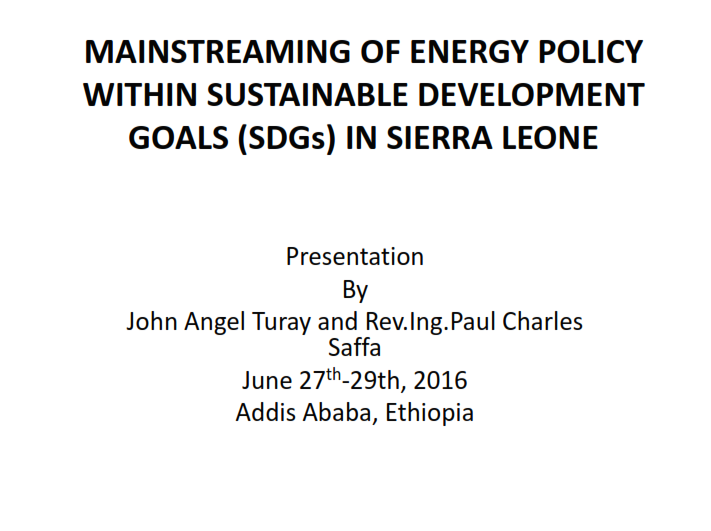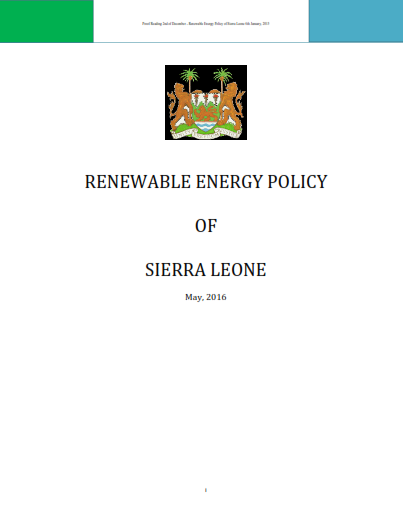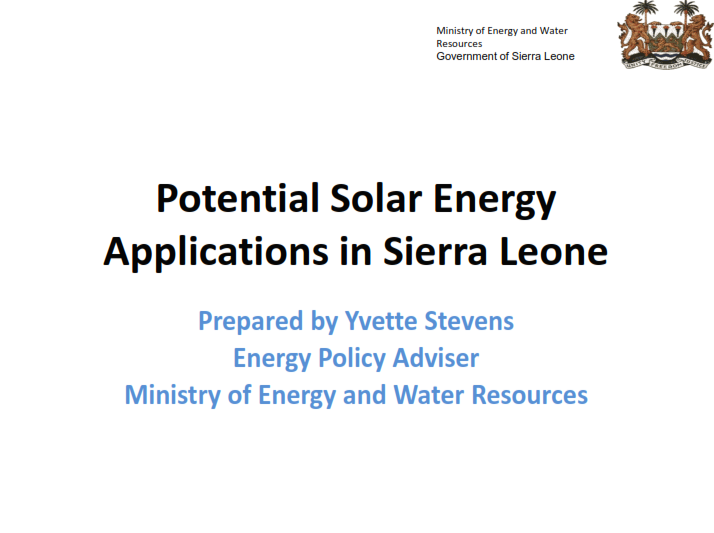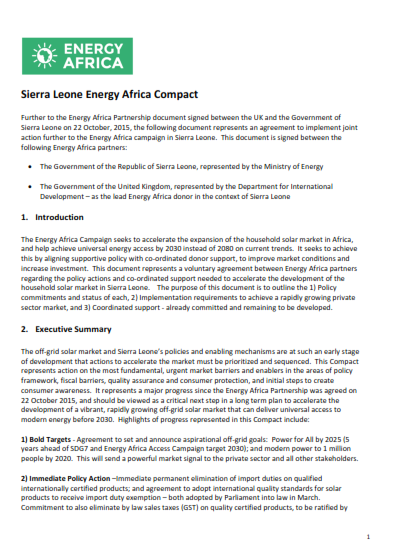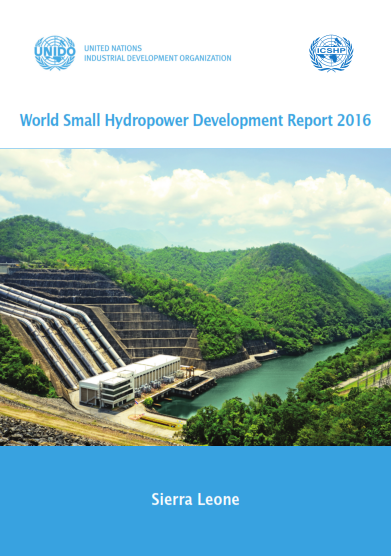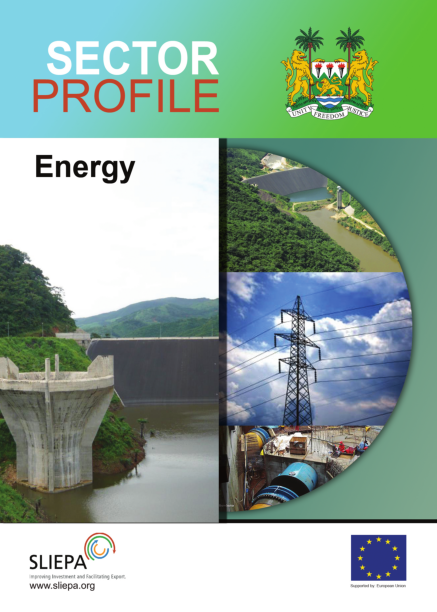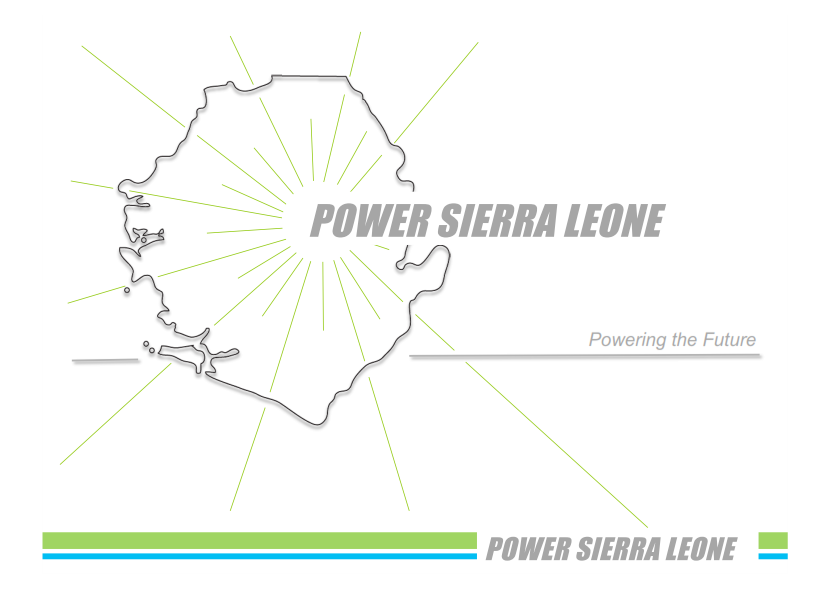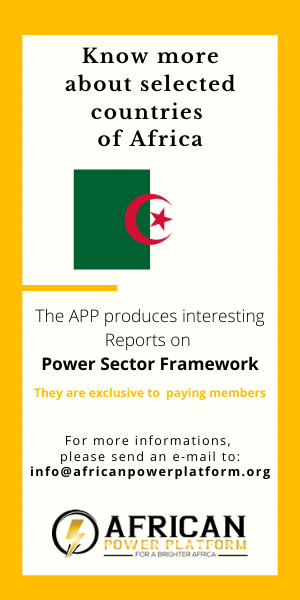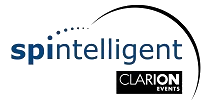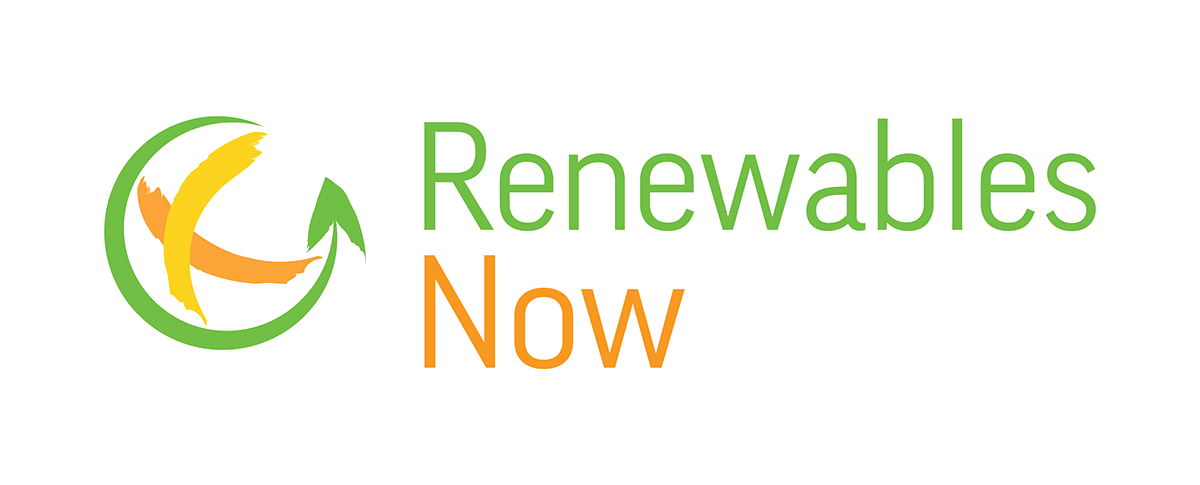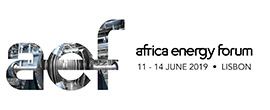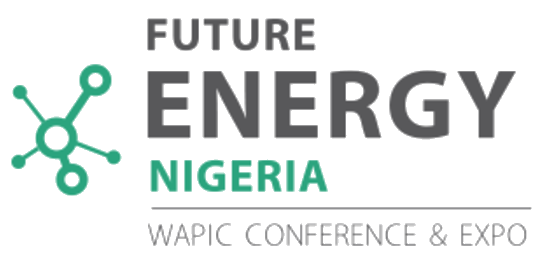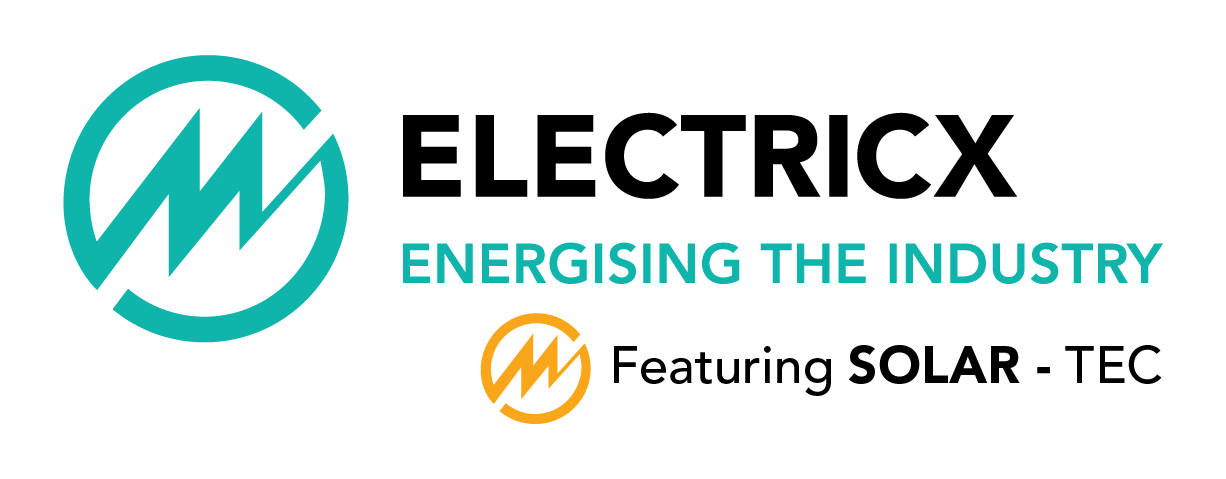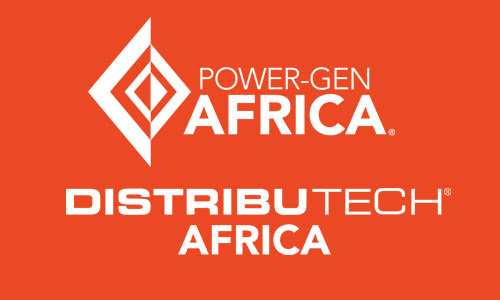We post here the relevant reports for the power sector in Sierra Leone. Feel free to join our efforts and share us any other you may have found. We'd be glad to add them to the list. Just send an email to This email address is being protected from spambots. You need JavaScript enabled to view it.
Publication date: December 2024
Authors: Energy 4 Impact, Mercy Corps
Koo, Bryan Bonsuk
Description: The push for universal energy access in Africa requires significant energy project financing, estimated at approximately $25 billion annually by 2030 to achieve modern energy access for all. Sierra Leone is no exception, with only 26% electrification, mainly in urban areas and peri-urban areas1. The private sector is pivotal if the country is to achieve 85% renewable energy capacity by 2030, with the urban population growth averaging 3.36% annually between 2010 and 2023 and increasing the population by over 1.3 million.
Download Report >>
Visit Website >>
Publication date: 24 June 2024
Authors: Khan, Safa
Koo, Bryan Bonsuk
Description: The survey shows that nationwide 21.1% of Sierra Leone households have access to electricity via the national grid (20.5%) or mini-grids (0.6%) and 14.7% have off-grid access. Off-grid sources predominantly include solar products such as solar lanterns, solar home systems, and solar lighting systems, and off-grid use is largely limited to rural areas. The adoption of solar lanterns, however, is significantly higher than the use of other products in rural areas. Other off-grid sources include electric generators and rechargeable batteries.
Download Report >>
Visit Website >>
Publication date: 10 March 2023
Author: SEforALL
Description: The Government of Sierra Leone has made significant progressive policy and regulatory enhancements to support initiatives to increase electricity access. The policies provide for decentralized solar power and for mini-grids within the rural electrification strategy to increase access to energy in rural areas of Sierra Leone. The regulations provide for cost-reflective mini-grid tariffs necessary for market-driven mini-grid development and long-term sustainable mini-grid operations. However, cost-reflective end-user tariffs cause concerns around affordability of mini-grid electrification for rural customers. In Sierra Leone, various subsidies as well as the removal of the goods and services tax (GST) on operators have been provided to reduce mini-grid end-user tariffs. But it is recognized, by Sierra Leone stakeholders, that further interventions are still needed to address mini-grid tariff affordability and therefore access.
Download Report >>
Visit Website >>
Publication date: 31 August 2022
Author: Hindawi
Description: Remote area electrification is a crucial need in sub-Saharan Africa’s drive to attain universal electrification. In Sierra Leone, with a rural population of over 5 million, the electrification rate accounts for less than 10% of the total inhabitants. This paper presents a comparative techno-economic analysis carried out to determine the most feasible of four individual options for off-grid mini-grid power generation system utilizing sources that include: Solar Photo Voltaic (SPV), Diesel Generator (DG), and Battery Storage (BS) system, to provide electricity for a rural and remote village located in the northwestern part of Sierra Leone (longitude 9.1°W and latitude 12.6°N), with an average daily solar irradiance between 4.6 and 6 kWh/m2/day.
Download Report >>
Visit Website >>
Publication date: June 2022
Author: International Growth Center (IGC)
Description: Although poor access to electricity is recognised as a constraint to long-term economic growth, it is still the reality for many people across the globe, particularly in rural communities. In Sierra Leone, just about 5% of the rural population have access to electricity (World Bank, 2020). Policymakers, donors, and international development organisations have made universal access to electricity a priority in the country.
Download Report >>
Publication date: March 2021
Author: SEforALL
Description: The purpose of this study is to provide practical guidance and recommendations to the Government of Sierra Leone for the sustainable development of the country’s mini-grid sector by building upon lessons learned from the ongoing Rural Renewable Energy Project (RREP) as well as from mini-grid sector development in Nigeria.
Download Report >>
Visit Website >>
Publication date: February 2021
Author: Tetra Tech International Development
Description: The COVID-19 pandemic has impacted the daily life of Sierra Leoneans in many ways. Businesses, airports, borders and schools were shut down as stay-at-home orders were issued in efforts to stop the spread of the virus. The population living in rural off-grid areas or served by unreliable grid networks were hardest hit by the effects of the pandemic as they lacked electricity, water and fuel for domestic use. At the same time, the pandemic has shown that it is much harder to sustain measures needed to fight such outbreaks without adequate electricity.
Download Report >>
Visit Website >>
Publication date: September 2020
Author: CLASP
Description: The off-grid appliance market in Sierra Leone is nascent and the availability of off-grid appliances is limited, mainly due to low penetration of SHS kits, limited access to credit for customers and companies, and low disposable household incomes. However, there is a sizeable potential demand for SHS and off-grid appliances to reach the 80% of Sierra Leoneans living off of the grid.
Insufficient data about the quality and performance of off- and weak-grid appropriate appliances hinders the ability of market actors to make informed purchases, investments, and policy decisions, making it difficult to deliver high-performing solutions to consumers.
Download Report >>
Visit Website >>
Publication date: 2017, November
Author: UNOPS
Description: The RREP is a first of its kind in scale and scope in Sierra Leone and regionally in Sub-Saharan Africa. The project will contribute to Sierra Leone’s economic development through increased access to rural energy resources while simultaneously contributing to a significant reduction in Sierra Leone’s future Green House Gas emissions.
Download Report >>
Publication date: 2017, July
Author: Ministry of Energy
Description: The Ministry has made considerable strides in the provision of energy supply in the country as set out in the Agenda for Prosperity. Various initiatives have been undertaken to ensure improvement in the generation and distribution of electricity from thermal and renewable energy sources.
Immediately after the swearing ceremony of the Minister of Energy at State House in July 2014, he established the Energy task force on the same day.
Download Report >>
Publication date: 2017
Author: Sophie Johnson
Description: How the Sierra Leone Energy Revolution, supported through the Power for All Initiative, is transforming energy services in Sierra Leone.
Download Report >>
Publication date: 2016, September
Author: Power Africa
Description: Power Africa is supporting Sierra Leone through a $44 million partnership agreement between the Millennium Challenge Corporation (MCC) and the Republic of Sierra Leone. The Millennium Challenge Corporation’s Threshold Program in Sierra Leone includes approximately $18 million to strengthen sector institutions through targeted technical assistance, including support to operationalize Sierra Leone’s new regulator, technical skills development for the utilities, and project development, management and integrated planning support.
Download Report >>
Publication date: 2016, June
Author: J. Turay & P. Saffa
Description: Mainstreaming of Energy Policy within Sustainable Development Goals (SDGs) in Sierra Leone.
Download Report >>
Publication date: 2016, May
Author: Ministry of Energy and Water Resources
Description: The policy marks the initial steps of aligning the Sierra Leone renewable energy policy with the regional Renewable Energy Policy (EREP) of the ECOWAS. It therefore mandates the implementation of the National Renewable Energy Action Plan (NREAP). This steering framework is expected to boost access to energy services and ensure the sustainable growth of clean energy contribution to Sierra Leone’s energy mix.
Download Report >>
Publication date: 2016
Author: Ministry of Energy and Water Resources
Description: Potential Solar Energy Applications in Sierra Leone.
Download Report >>
Publication date: 2016
Author: Energy Africa
Description: Further to the Energy Africa Partnership document signed between the UK and the Government of Sierra Leone on 22 October, 2015, the following document represents an agreement to implement joint action further to the Energy Africa campaign in Sierra Leone.
Download Report >>
Publication date: 2016
Author: Ministry of Energy and Power
Description: The Government of Sierra Leone has decided to have a national energy policy that will serve as a policy instrument for the development and more efficient management of the country’s energy sector. For this purpose, the United Nations Economic Commission for Africa (ECA) in close consultation with the Government commissioned this study on the formulation of a national energy policy for Sierra Leone.
Download Report >>
Publication date: 2016
Author: UNIDO
Description: The energy sector in Sierra Leone is highly dependent on the use of imported petroleum (petrol, diesel, kerosene), hydropower and biomass (wood and charcoal). The total installed electricity generation capacity in the end of 2013 was 98 MW, with 179 GWh produced by thermal (oil), hydropower and solar PV.
Download Report >>
Publication date: 2016
Author: SLIEPA
Description: The energy sector in Sierra Leone is the pivot in the country’s development agenda and an important catalyst for achieving sound economic growth as well as widening the investment landscape in the country by attracting investors in the manufacturing and other sectors to propel the economy. Strengthening the energy sector in the country would make the economy more productive, create more jobs, and improve industrialization and also improve the quality of life of Sierra Leoneans.
Download Report >>
Visit Website >>
Publication date: 2016
Author: Ministry of Energy and Water Resources
Description: Power Sierra Leone Forum: Powering Sierra Leone.
Download Report >>






